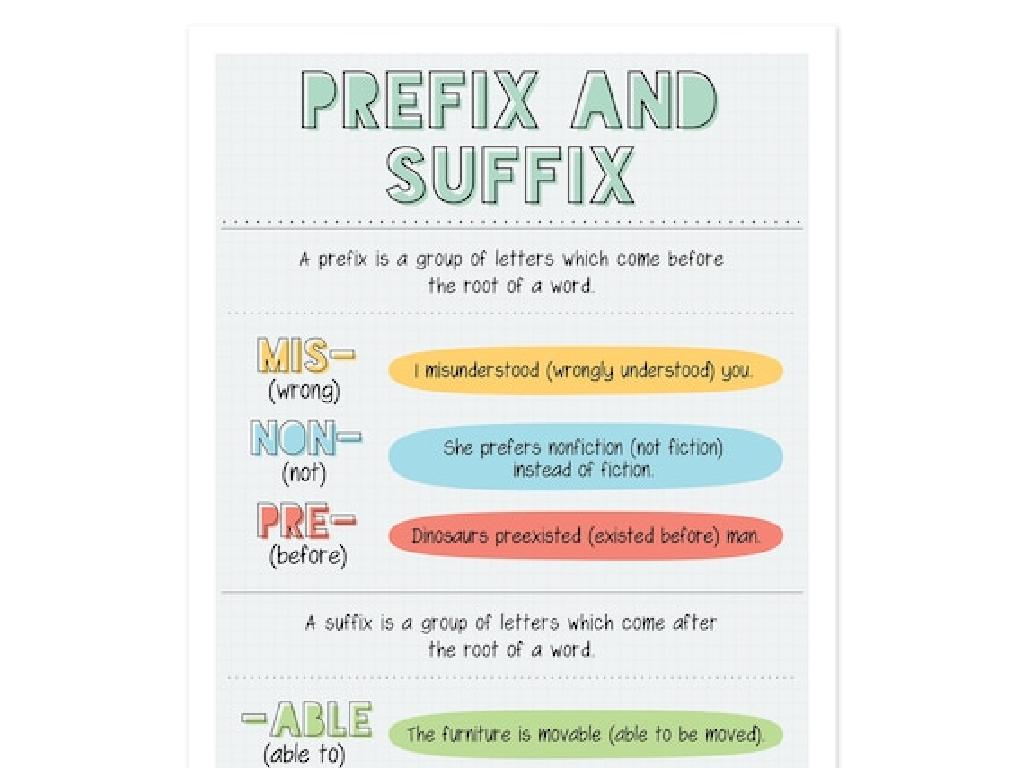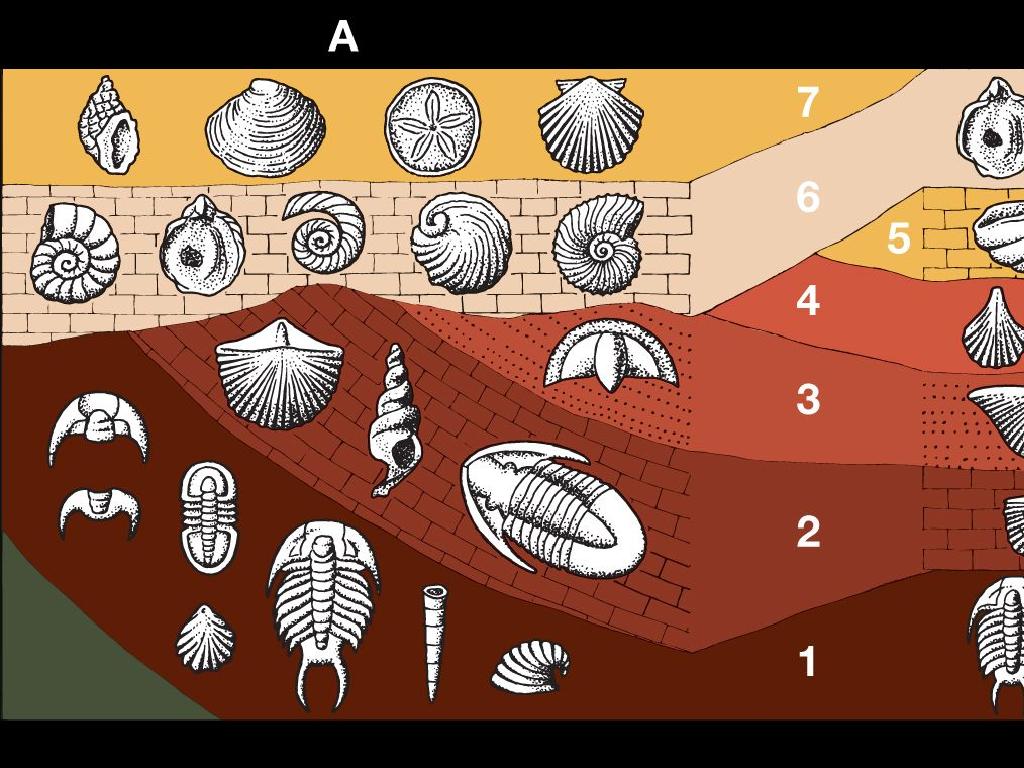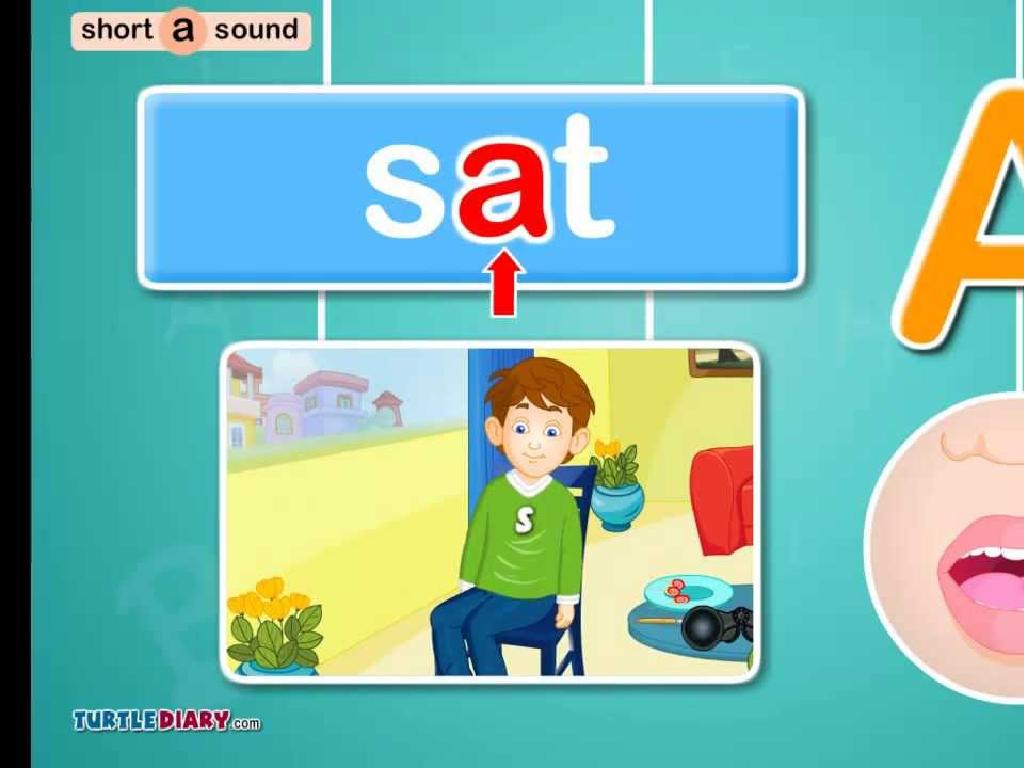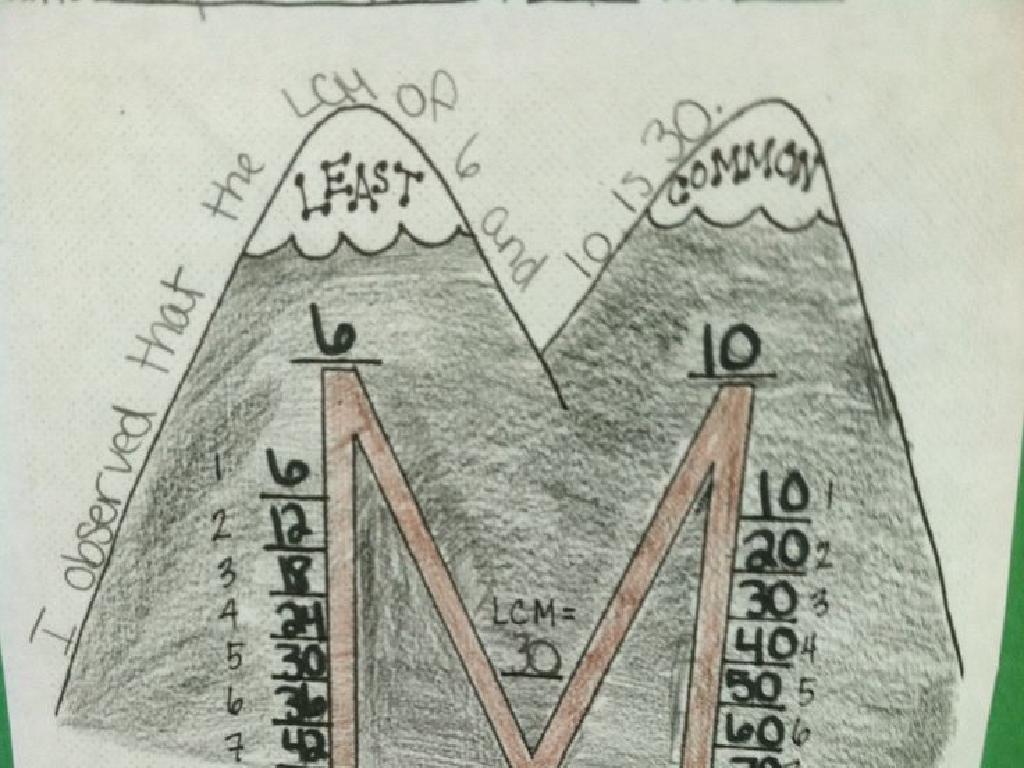The Fall Of The Western Roman Empire
Subject: Social studies
Grade: Sixth grade
Topic: Rome And The Byzantine Empire
Please LOG IN to download the presentation. Access is available to registered users only.
View More Content
The Fall of the Western Roman Empire
– The might of Ancient Rome
– Rome was powerful, with vast territories.
– Western Empire’s significance
– It was the western part of the once-unified Roman Empire.
– Factors leading to the fall
– Political instability, economic troubles, and invasions contributed to the decline.
– Impact on history
– The fall changed the course of European history.
|
Begin the lesson by highlighting the vastness and power of Ancient Rome at its peak, which will help students appreciate the magnitude of its fall. Discuss the Western Roman Empire’s role and significance within the larger Roman Empire. Then, introduce the complex factors that led to the fall of the Western Roman Empire, such as political corruption, economic crises, and relentless invasions by barbarian tribes. Conclude by explaining how the fall of the Western Roman Empire marked the end of ancient history and the beginning of the Middle Ages, setting the stage for the modern world. Encourage students to consider how different the world might be if the Western Roman Empire had survived.
The Glory of Rome: An Overview
– Recap of Roman Empire history
– From Republic to Empire, Rome’s culture thrived for centuries.
– Governance in Ancient Rome
– Rome was ruled by emperors and had a complex government system.
– Social structure of Rome
– Society was divided into classes, from patricians to slaves.
– Geography of the Western Empire
– At its peak, it spanned Europe, North Africa, and the Middle East.
|
Begin with a brief history of the Roman Empire, highlighting its transformation from a Republic to one of history’s most powerful empires. Discuss the governance of Ancient Rome, focusing on the role of emperors and the Senate. Explain the social structure, emphasizing the class divisions and the roles of different social groups. Illustrate the vast geographical extent of the Western Roman Empire at its zenith, including its influence across various regions. Use maps to help students visualize the size of the Empire. This slide sets the stage for understanding the magnitude of Rome’s power before discussing its eventual decline.
Causes of the Fall of the Western Roman Empire
– Political instability weakened Rome
– Frequent changes in leadership and reliance on foreign soldiers
– Economic troubles hurt the empire
– Heavy taxes and reliance on slaves stunted economic innovation
– Military defeats by invading tribes
– Losses to Germanic tribes and others eroded Roman power
– Overreliance on slave labor
– Slaves were essential but hindered technological progress
|
This slide aims to explain the complex factors that led to the fall of the Western Roman Empire. Political instability was rampant with frequent changes in emperors and reliance on mercenaries who were often less loyal to the empire. Economically, the empire suffered from heavy taxation, inflation, and an overreliance on slave labor which discouraged technological advancement. Militarily, the empire could not withstand the continuous pressure from barbarian invasions, leading to significant defeats. The overuse of slave labor also meant that there was less innovation in farming and industry, as there was no need to develop new techniques when labor was so cheap. Encourage students to think about how these factors might interconnect and how similar issues could affect modern societies.
The Final Days of the Western Roman Empire
– Sack of Rome by Visigoths
– In 410, Visigoths looted Rome, signaling empire’s decline
– Last emperor Romulus Augustulus
– In 476, Romulus was deposed, marking the end of the empire
– Odoacer’s role in transition
– Odoacer, a Germanic leader, took power and deposed Romulus
– Birth of Germanic kingdoms
– Odoacer’s rule began the era of Germanic kingdoms in Italy
|
This slide covers the tumultuous period marking the end of the Western Roman Empire. The Sack of Rome by the Visigoths in 410 was a devastating blow to the empire’s prestige and power. The deposition of Romulus Augustulus in 476 by Odoacer, a Germanic mercenary leader, is traditionally considered the event that symbolizes the fall of the Western Roman Empire. Odoacer’s assumption of power did not restore the empire but instead transitioned the region into the control of various Germanic kingdoms. This period is crucial for students to understand the shift from the ancient world to the early medieval period, characterized by the fragmentation of Roman territories and the rise of Germanic influence in Europe.
Impact of the Western Roman Empire’s Fall on Europe
– Shift from Roman to barbarian rule
– Power changed hands, leading to new leadership styles and social structures.
– Emergence of the Byzantine Empire
– The Eastern Roman Empire continued, evolving into the Byzantine Empire with its own unique characteristics.
– Roman cultural legacy
– Roman law, language, and architecture continued to shape societies.
– Influence on future civilizations
– Roman ideas and innovations laid the groundwork for the Renaissance and beyond.
|
This slide aims to highlight the significant changes in Europe following the fall of the Western Roman Empire. Students should understand the transition from Roman to barbarian rule, which involved changes in governance and the social order. The Byzantine Empire’s rise from the Eastern Roman Empire represents continuity and change, preserving some aspects of Roman culture while developing its own identity. Roman cultural elements, such as Latin language, legal systems, and architectural styles, had a lasting impact on the civilizations that followed. These legacies influenced the Renaissance and the foundation of modern Western society. Encourage students to think about how the remnants of Roman culture can still be seen in today’s world.
Role-Play Activity: Councils of Rome
– Divide into historical factions
– Role-play a council meeting
– Imagine you’re Roman leaders trying to save the empire
– Discuss solutions to Rome’s issues
– Consider economic, military, and social problems
– Present an action plan
|
This class activity is designed to engage students with the history of the Western Roman Empire by having them role-play as different factions during its decline. Divide the class into small groups, each representing a faction such as the military, politicians, or common citizens. Each group will hold a ‘council meeting’ to discuss and propose solutions to the various problems faced by the empire, such as economic instability, military defeats, and social unrest. After the discussion, each group will present their action plan to the class, explaining their proposed solutions. This activity encourages teamwork, critical thinking, and public speaking. Possible roles within the factions include generals, senators, merchants, or peasants, allowing students to explore different perspectives. The teacher should guide the students to ensure historical accuracy and provide context where necessary.
Reflection: The Fall of the Western Roman Empire
– Preventing the Empire’s fall
– Europe if Rome had survived
– Learning from historical events
– Understanding past to improve future decisions
– Engage in class discussion
– Share thoughts and listen to classmates
|
This slide aims to stimulate critical thinking and discussion among students about alternative historical outcomes. Encourage them to consider the factors that led to the fall of the Western Roman Empire and brainstorm strategies that might have prolonged its existence. Prompt them to imagine a Europe where the Western Roman Empire never fell, discussing possible cultural, political, and technological differences. Highlight the value of studying history to learn from past successes and mistakes, applying these lessons to current and future situations. Facilitate an open discussion where students can share their ideas and learn to appreciate diverse perspectives.
Homework: Impact of Rome’s Fall
– Write a one-page essay
– Consequences of Rome’s fall
– How did the fall change politics, culture, or economy?
– Affect on Europe’s development
– Explore three ways Europe evolved post-Rome
– Due next class session
|
This homework assignment aims to help students understand the far-reaching impact of the Western Roman Empire’s fall on European development. They should focus on the political, cultural, and economic changes that occurred as a result. Encourage students to think critically about the transition from Roman rule to the early Middle Ages and how it shaped modern Europe. Provide examples such as the spread of Christianity, the emergence of new kingdoms, and the decline of urban centers to guide their thinking. The essay will help them synthesize information from the lesson and apply it in a written format, reinforcing their learning. Ensure they understand the due date and essay length to manage their time effectively.






